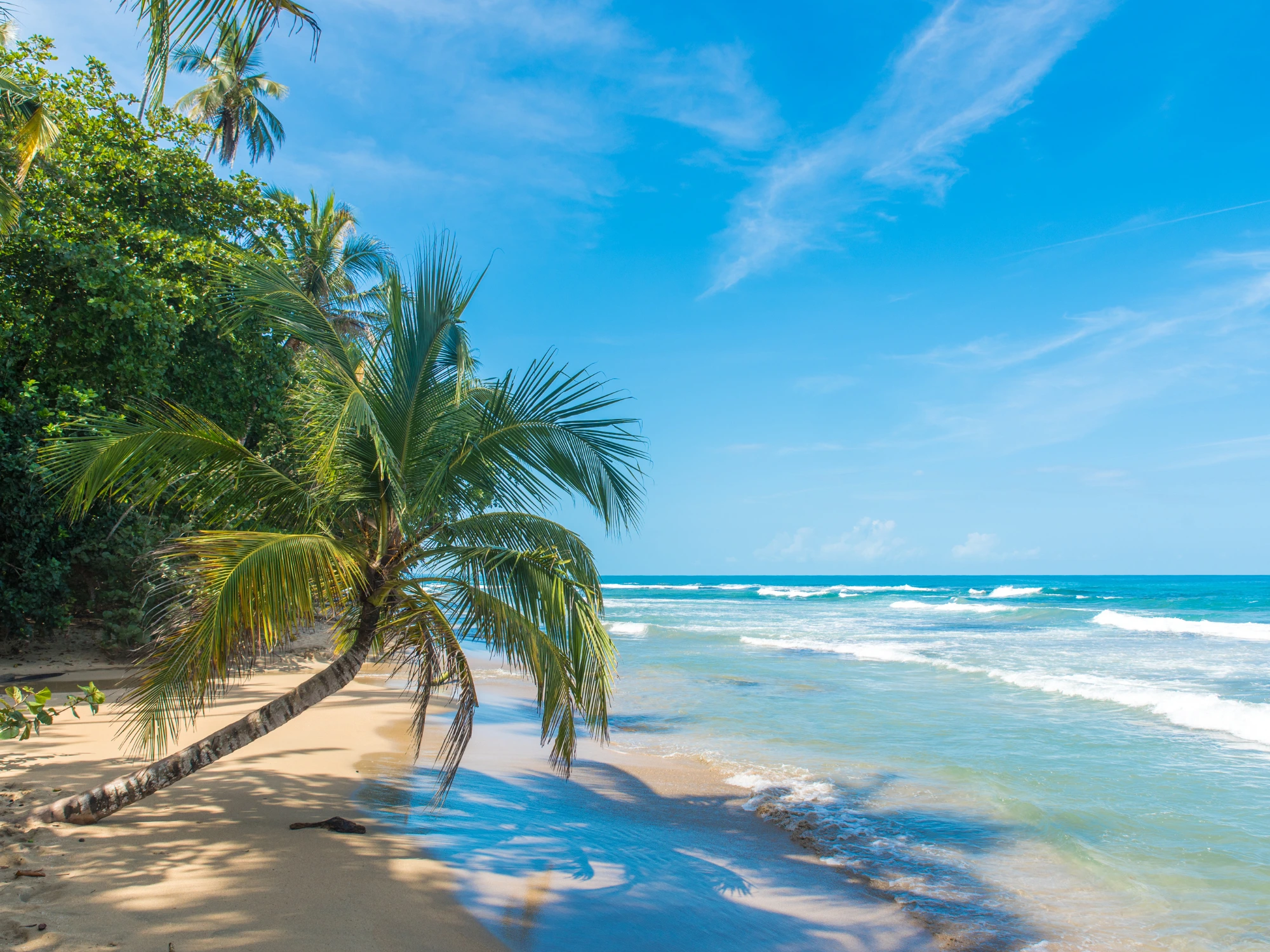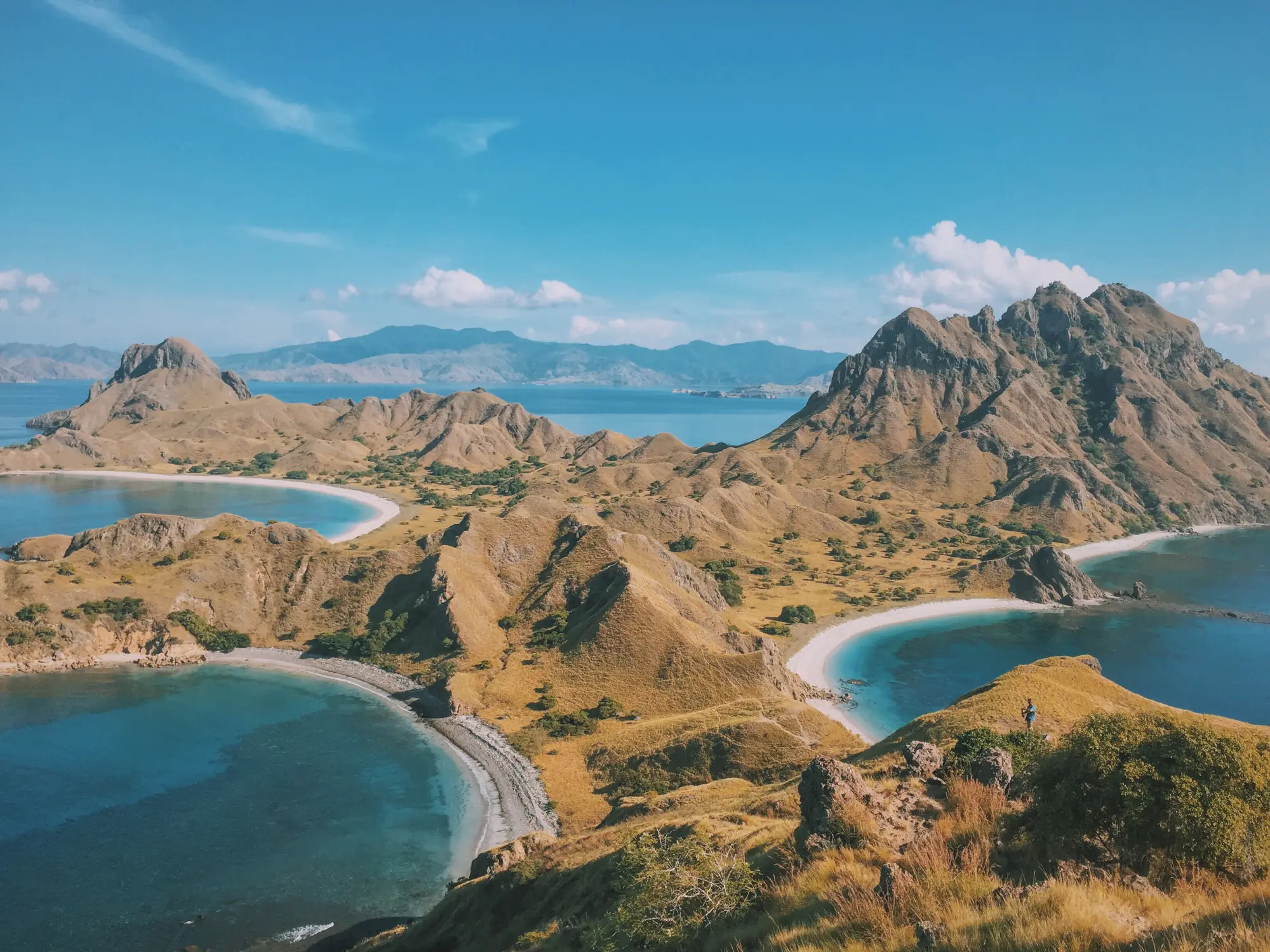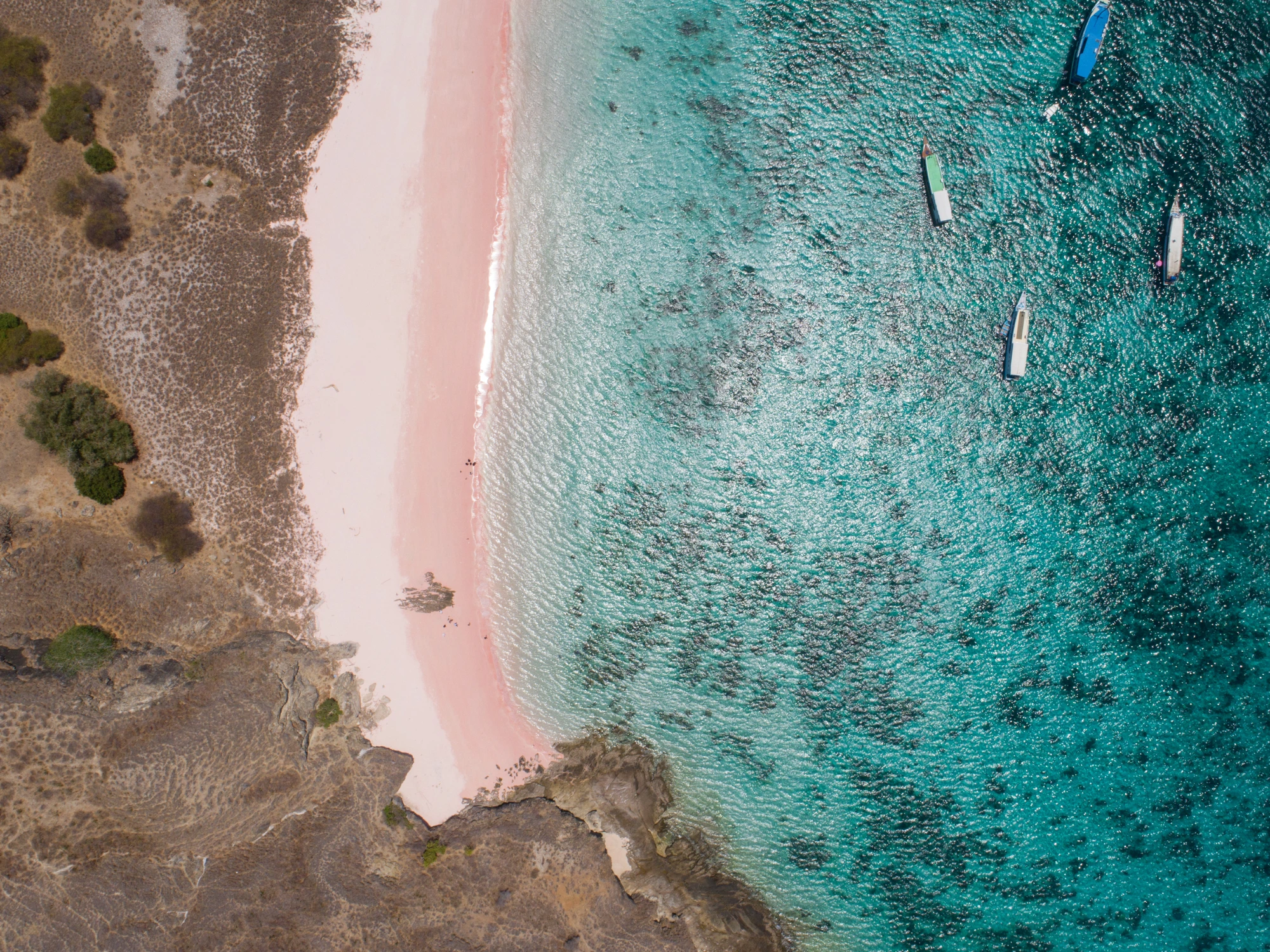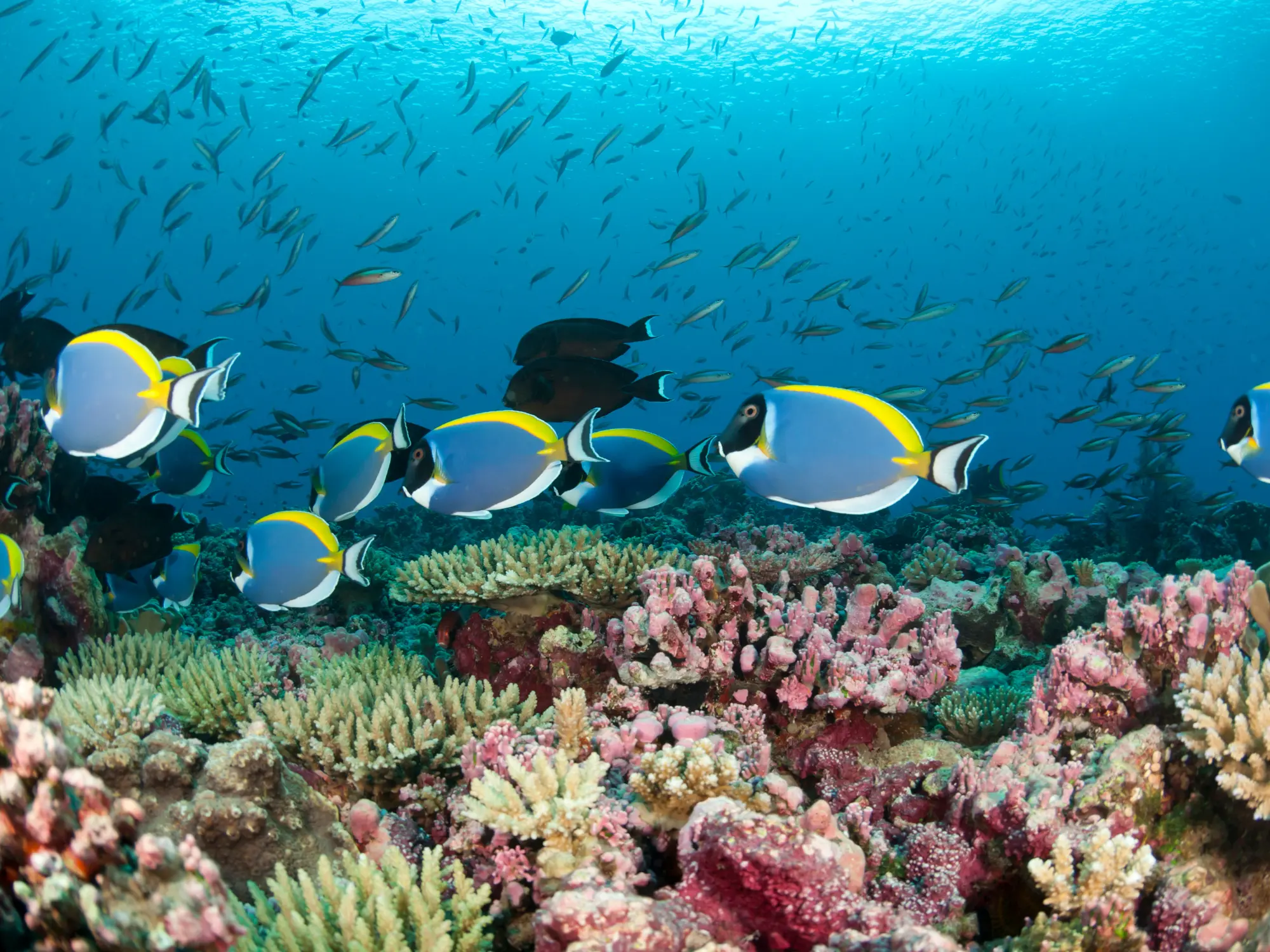
Best Diving Spots in Indonesia: Comparing the Top Sites for Your Next Adventure
- Updated on
Indonesia is a diver’s paradise, boasting some of the most biodiverse and breathtaking underwater environments in the world. Whether you’re after vibrant coral gardens, encounters with manta rays, or rare macro photography opportunities, Indonesia has it all. But with so many world-class destinations, it can be hard to choose the best spot for your next diving trip.
In this guide, we’ll compare the best diving spots in Indonesia, breaking them down by marine life, diving conditions, accessibility, and overall experience. Whether you’re a seasoned diver or a beginner, this comparison will help you decide which location is the right fit for your next underwater adventure.

1. Komodo National Park: The Best for Big Marine Life
Location: Flores, East Nusa Tenggara
Komodo National Park is famous for its dramatic underwater landscapes and rich marine biodiversity. Divers flock here to experience the thrill of drift diving with large pelagic species like manta rays, reef sharks, and even whale sharks.
What Makes Komodo Stand Out:
- Big marine life: Manta rays, sharks, and schooling fish are commonly spotted.
- Strong currents: Ideal for experienced divers looking for thrilling drift dives.
- Rich coral reefs: The area’s coral reefs are well-preserved and teem with life.
Best Dive Sites in Komodo:
- Castle Rock: Known for its schooling fish and shark encounters.
- Manta Point: A cleaning station for manta rays, offering multiple sightings in one dive.
- Batu Bolong: A coral-covered pinnacle with vibrant marine life.
Who Should Dive Here: Komodo is perfect for advanced divers seeking adventure, though beginners can still enjoy calmer sites like Sebayur Kecil or Mawan with a guide.
If you’re planning a dive trip to Komodo, it’s essential to dive with a trusted and experienced center.
This is one of the best diving centers that you can contact in Labuan Bajo:
Name: Divers Paradise Komodo
Address: Jl. Soekarno Hatta, Kampung Ujung, Labuan Bajo, Flores, Nusa Tenggara Timur 86754, Indonesia.
Phone Number: +62 812-3855-3670 (Call or WhatsApp)
Comparison Factor: If you love big pelagics and drift diving, Komodo is unbeatable. But the strong currents can be challenging for novice divers. Discover more about diving in Komodo here.
2. Raja Ampat: The Ultimate Biodiversity Hotspot
Location: West Papua
Raja Ampat is often touted as the world’s most biodiverse marine region. Its remote location and pristine waters make it a must-visit for divers who want to explore a nearly untouched underwater environment.
What Makes Raja Ampat Stand Out:
- Marine biodiversity: Over 1,500 species of fish and 500 types of coral.
- Pristine reefs: One of the few places left in the world with nearly unspoiled coral systems.
- Underwater photography: Crystal clear waters make for perfect photography conditions.
Best Dive Sites in Raja Ampat:
- Cape Kri: Holds the world record for the most species of fish counted in a single dive.
- Melissa’s Garden: Famous for its stunning coral formations and diverse fish life.
- Mioskon: A great spot for night dives and macro photography.
Who Should Dive Here: Raja Ampat is ideal for divers seeking biodiversity and clear waters. It’s also a great destination for underwater photographers who want to capture rare species in a pristine setting.
Comparison Factor: Raja Ampat offers unparalleled biodiversity, but its remote location and higher travel costs make it less accessible than other Indonesian dive sites.
3. Bali: Best for Wreck Diving and Easy Accessibility
Location: Bali, Indonesia
Bali offers a wide range of dive sites, from calm bays filled with colorful reefs to thrilling drift dives and the iconic USAT Liberty Wreck. Its accessibility makes it a popular choice for divers of all levels.
What Makes Bali Stand Out:
- Wreck diving: The USAT Liberty Wreck in Tulamben is one of the most famous wreck dives in the world.
- Beginner-friendly: Bali has a wide range of dive sites suitable for all levels, from beginners to advanced divers.
- Easy access: Bali is one of the easiest diving destinations in Indonesia to reach, with frequent international flights.
Best Dive Sites in Bali:
- USAT Liberty Wreck: A must-see for wreck enthusiasts.
- Nusa Penida: Famous for mola mola (sunfish) sightings and manta rays.
- Padang Bai: Great for macro diving and vibrant coral reefs.
Who Should Dive Here: Bali is perfect for beginners and intermediate divers who want a balance of wreck diving, reef exploration, and the chance to see manta rays or mola mola.
Comparison Factor: Bali is the best choice for convenience and wreck diving. However, it lacks the extreme biodiversity of places like Raja Ampat.
4. Bunaken National Marine Park: Best for Coral Reefs and Wall Diving
Location: North Sulawesi
Bunaken is renowned for its spectacular wall dives and vibrant coral gardens. It’s one of Indonesia’s oldest marine parks and offers a variety of dive sites that cater to both beginners and advanced divers.
What Makes Bunaken Stand Out:
- Wall diving: Steep coral walls that drop to incredible depths, home to colorful marine life.
- Healthy reefs: Protected marine park status helps preserve Bunaken’s coral reefs.
- Turtles galore: You’re almost guaranteed to see multiple sea turtles on each dive.
Best Dive Sites in Bunaken:
- Lekuon 1 & 2: Known for its impressive coral walls and abundant marine life.
- Fukui Point: A popular spot for seeing turtles, napoleon wrasse, and reef sharks.
- Mandolin Reef: A well-preserved coral garden teeming with reef fish.
Who Should Dive Here: Bunaken is ideal for divers who love wall diving and vibrant coral reefs. It’s also a great spot for underwater photographers thanks to the clear waters and abundant macro life.
Comparison Factor: Bunaken’s coral reefs and wall dives are world-class, but it doesn’t offer the big pelagic encounters that you’d find in Komodo.
5. Wakatobi: Best for Luxury Diving and Eco-Tourism
Location: Southeast Sulawesi
Wakatobi is synonymous with luxury dive resorts and sustainable diving practices. Its crystal-clear waters and healthy coral reefs make it a favorite for those looking for a high-end, eco-friendly dive experience.
What Makes Wakatobi Stand Out:
- Eco-friendly diving: Wakatobi is a pioneer in sustainable marine tourism, with resorts actively involved in reef conservation.
- Luxury accommodation: The Wakatobi Resort offers world-class diving with high-end amenities.
- Crystal-clear waters: Some of the best visibility in Indonesia, making it ideal for underwater photography.
Best Dive Sites in Wakatobi:
- Roma: Known for its dense schools of fish and pristine coral formations.
- Blade: A series of underwater pinnacles covered in coral, creating a unique diving experience.
- Cornucopia: Offers steep walls and an abundance of marine life, from small critters to larger predators.
Who Should Dive Here: Wakatobi is ideal for divers who value luxury and sustainability. It’s perfect for those looking to relax and enjoy a high-end dive experience, while still supporting eco-friendly practices.
Comparison Factor: Wakatobi offers a luxurious diving experience, but it’s pricier than other destinations and doesn’t have the same variety of big marine life as Komodo or Raja Ampat.
6. Lembeh Strait: Best for Macro Diving and Critter Spotting
Location: North Sulawesi
Lembeh Strait is known as the muck diving capital of the world, offering some of the best macro diving opportunities in Indonesia. It’s a paradise for underwater photographers looking to spot rare and unusual critters.
What Makes Lembeh Stand Out:
- Macro life: Lembeh is home to some of the world’s strangest and rarest marine creatures, including frogfish, nudibranchs, seahorses, and blue-ringed octopuses.
- Muck diving: The black volcanic sand creates a perfect habitat for critters, making it a must-visit for macro enthusiasts.
- Year-round diving: Lembeh’s dive conditions are consistent, making it a great destination year-round.
Best Dive Sites in Lembeh:
- Hairball: Famous for frogfish, hairy octopuses, and other rare critters.
- Nudi Falls: A macro photographer’s dream, teeming with nudibranchs and pygmy seahorses.
- Rojos: A shallow muck dive site with abundant critter life.
Who Should Dive Here: Lembeh is a macro photographer’s dream, ideal for divers who are obsessed with small and unusual marine life. It’s also perfect for muck diving enthusiasts.
Comparison Factor: Lembeh offers some of the world’s best macro diving, but it lacks the pelagic species and vibrant coral reefs found in other parts of Indonesia.
Which Diving Spot in Indonesia Is Best for You?
Indonesia’s diving spots each offer something unique, from Komodo’s big pelagics to Raja Ampat’s biodiversity, and Lembeh’s macro life. If you’re looking for a thrilling drift dive experience, Komodo is your go-to. For pristine coral reefs and underwater photography, Raja Ampat is unbeatable. Beginners and wreck enthusiasts might prefer Bali, while those seeking a luxury eco-friendly dive experience will love Wakatobi.
No matter which spot you choose, Indonesia’s underwater world will leave you with memories that last a lifetime. Ready to explore the best diving spots in Indonesia? Start planning your adventure today by visiting Divers Paradise Komodo.
This website is created by Vic Ranci Digital Marketing
© 2024 Divers Paradise Komodo. All rights reserved.






